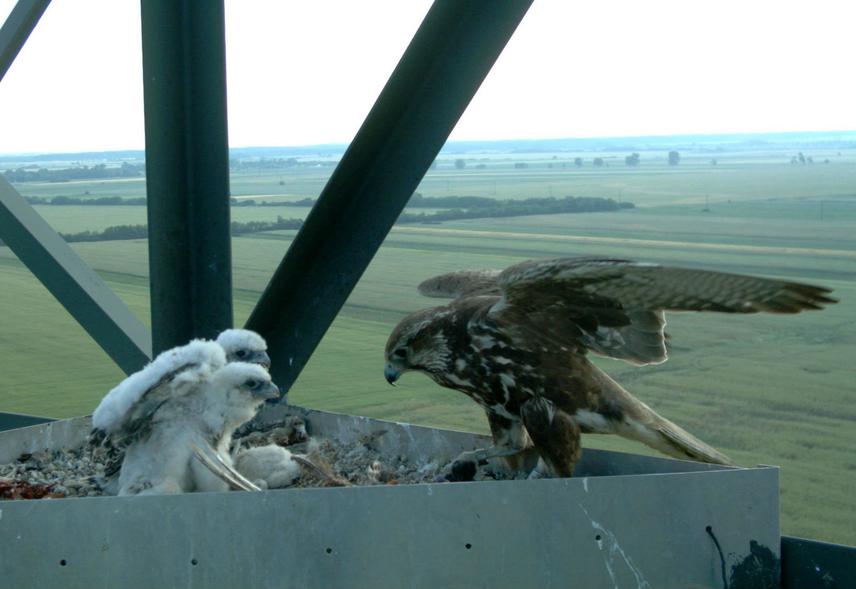Mátyás Prommer
Other projects
The project surveys the populations of the endangered Saker Falcon (Falco cherrug), its habitats and negative factors affecting them, as well as implementing conservation measures in South Ukraine.

Human activities cause Saker Falcon, a flagship species of the Eurasian steppes disappearing throughout of its range including Ukraine, along with its characteristic habitat type. Birds of prey having large territories are especially affected by the habitat changes (turning steppes into agricultural land), and other human-induced negative factors (electrocution, shooting, poisoning, etc.). The project surveys the population and conservation status of the species and its habitats (with special regard to the threats on them); proposes management plans for their efficient conservation in South-Ukraine; implements on-site conservation measures; raises public awareness and involves stakeholders in conservation activities.
The planned activities are:
(1 )Collecting and analysing the information available to identify important Saker areas in the Crimea and South Ukraine, and choosing pilot areas.
(2) Field survey in the identified areas – An extensive field survey are carried out to gain information on
a. The population status;
b. Habitat types and status;
c. Threats on the species and the habitats;
d. The stakeholders and their impact and attitude towards the project’s aims;
e. Other bird species with special regard to birds of prey as a collateral result.
(3) Hungarian team members transfer their knowledge in using the latest technology for the survey and mapping the results.
(4) Tagging juveniles with satellite transmitters to learn new Saker areas – Two or three juveniles will be tagged with satellite transmitters to learn more about the areas they are using as well as their other movements.
(5) Building artificial nests – Sakers, do not build nest, thus the distribution of the species is limited by natural nesting possibilities.
(6) Evaluating data and preparing management plan proposal on the species and on habitats in the pilot areas.
(7) Publishing results and proposals, and contacting local and national authorities to facilitate the implementation of the conservation.
(8) Involving local allies – In the beginning of the project, major potential allies to be involved will be identified and the list will be continued as the field survey proceeds.
Organisations participating in the project are Pilis Nature Conservation Association (Hungary) and Ukrainian Birds of Prey Research Centre (Ukraine).